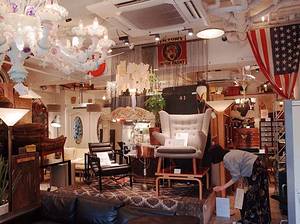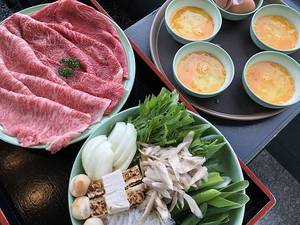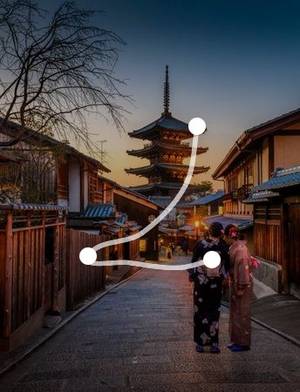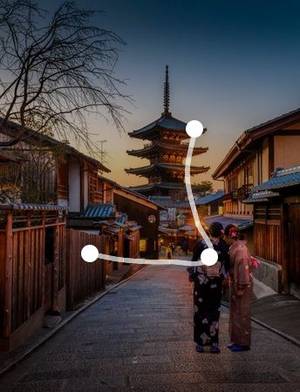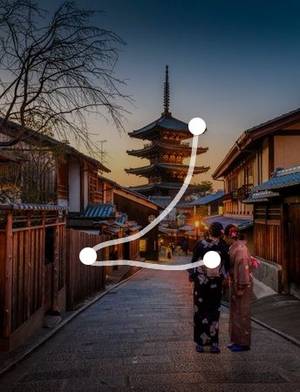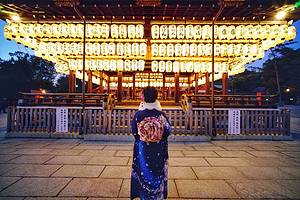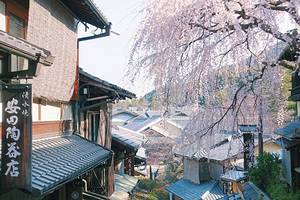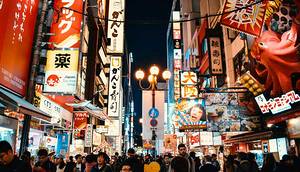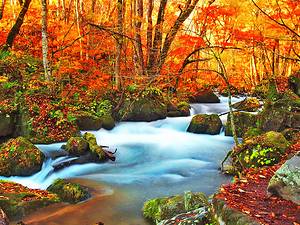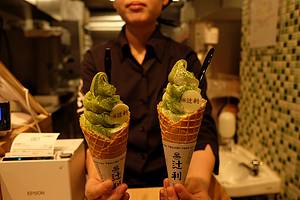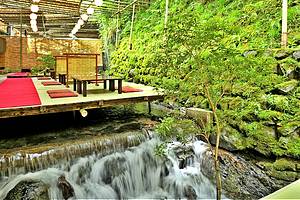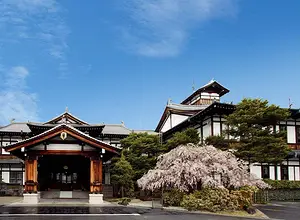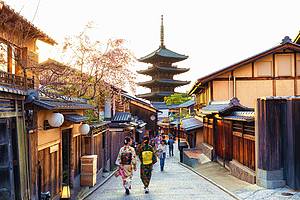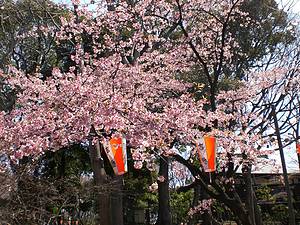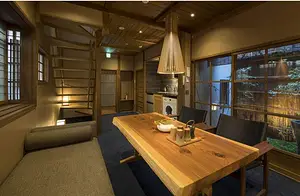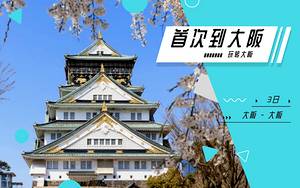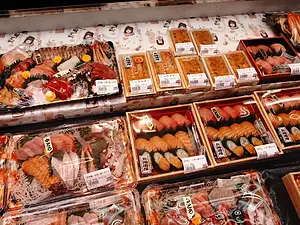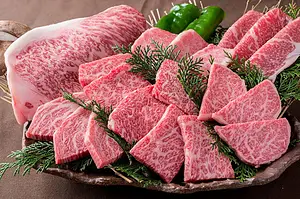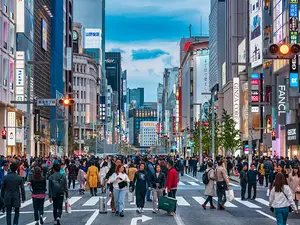Katsura Rikyū, A quintessential symphony of nature and artistry
Katsura Detached Palace, located in Nishikyō-ku, Katsura Misono
4.4
Introduction
The Gui Mountain Villa was built in 1620 by Prince Chiken, a member of the Kyoto Hachijo imperial clan. In 1645, Prince Chikatada, the son of Prince Chiken, carried out expansions. In 1883, the Gui Mountain Villa was converted into an imperial palace and renamed the Gui Imperial Villa, under the jurisdiction of the Imperial Household Agency. The Gui Imperial Villa covers an area of 6.94 hectares and features mountains, lakes, and islands. The mountain is lush with trees, the lake water is clear, and the islands are dotted with pavilions and buildings. The main buildings of the Gui Imperial Villa include the study hall, the Song Qin Pavilion, the Xiaoyixuan, the Yuanyindang, the Yuebo Tower, and the Shanghuating. The architect emphasized a bright and spacious landscape. The entire area is centered around the "heart-shaped pond," merging the lake and mountains together. The lake is dotted with five islands, each connected to the shore by earthen bridges, wooden bridges, or stone bridges. The winding paths along the shore create a sense of tranquility. The Song Qin Pavilion, the Yuanyindang, and the Xiaoyixuan are tea house-style buildings used by the imperial family for tea ceremonies, enjoying the scenery, and resting. The Yuebo Tower faces southeast, directly overlooking the heart-shaped pond, making it a good place to appreciate the moon. The study hall houses thousands of ancient books and various precious cultural relics, making it a treasure of the imperial family. Address Katsura Detached Palace, located in Nishikyō-ku, Katsura Misono
Transportation Transportation: Kyoto City Bus Guirikinoguchi Stop (Take Bus Route 33 from Kyoto Station)
 Still such a tranquil and beautiful Japanese garden
Still such a tranquil and beautiful Japanese garden